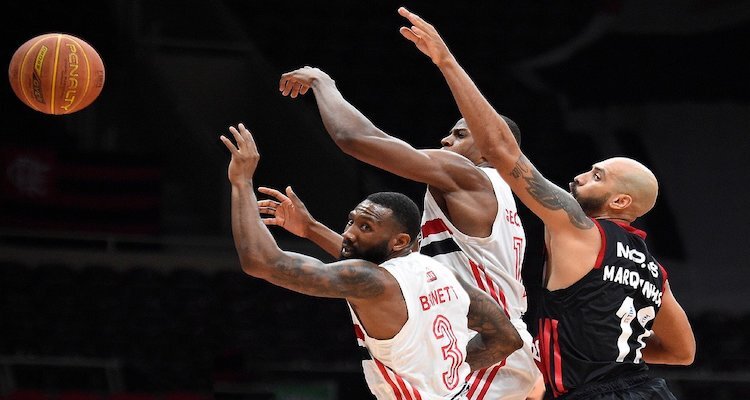
Basketball is a dynamic sport that involves running, jumping, and physical contact, so players are susceptible to various types of injuries. For example, the late Kobe Bryant, one of the greatest basketball players of all time, suffered several injuries during his career. In 2013, he tore his Achilles tendon, which required surgery and a lengthy rehabilitation period. He also dealt with various ankle sprains, finger injuries, and knee issues throughout his playing days. Derrick Rose, the youngest player to win the NBA Most Valuable Player (MVP) award, has faced numerous injuries, particularly to his knees. In 2012, he tore his ACL, followed by multiple meniscus injuries and knee surgeries, which significantly impacted his career. injuries are not only common for elite players but they can occur across all levels of basketball. We not turn to exploring the most common injuries in basketball, and how to prevent them.
Some of the most common injuries in basketball include:
It's important for players to receive prompt medical attention and follow rehabilitation protocols to ensure optimal recovery. Preventive measures can help reduce the risk of these injuries and we not turn to explore these measure sin more detail.
Basketball players can take several steps to help prevent injuries while playing. Here are some important strategies:
Remember, injury prevention is a proactive approach, and players should prioritize their safety and well-being by adopting these preventive measures.
If you would like to consult with a sports injury specialist about injury prevention and treatment or with a strength and conditioning coach to help develop your physical fitness then do search our global directory of sport performance specialists to find someone who can help.
